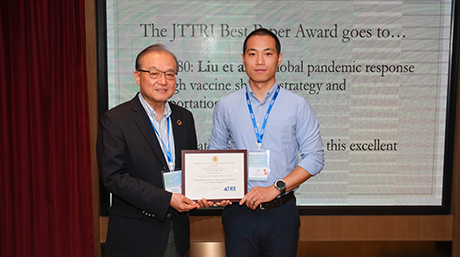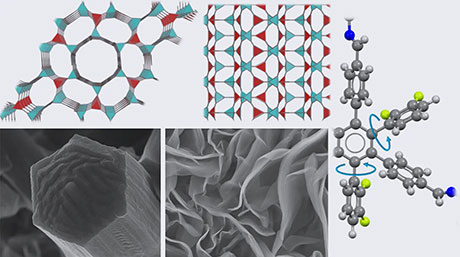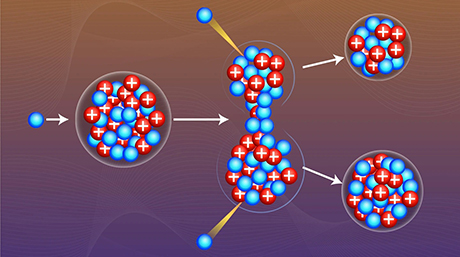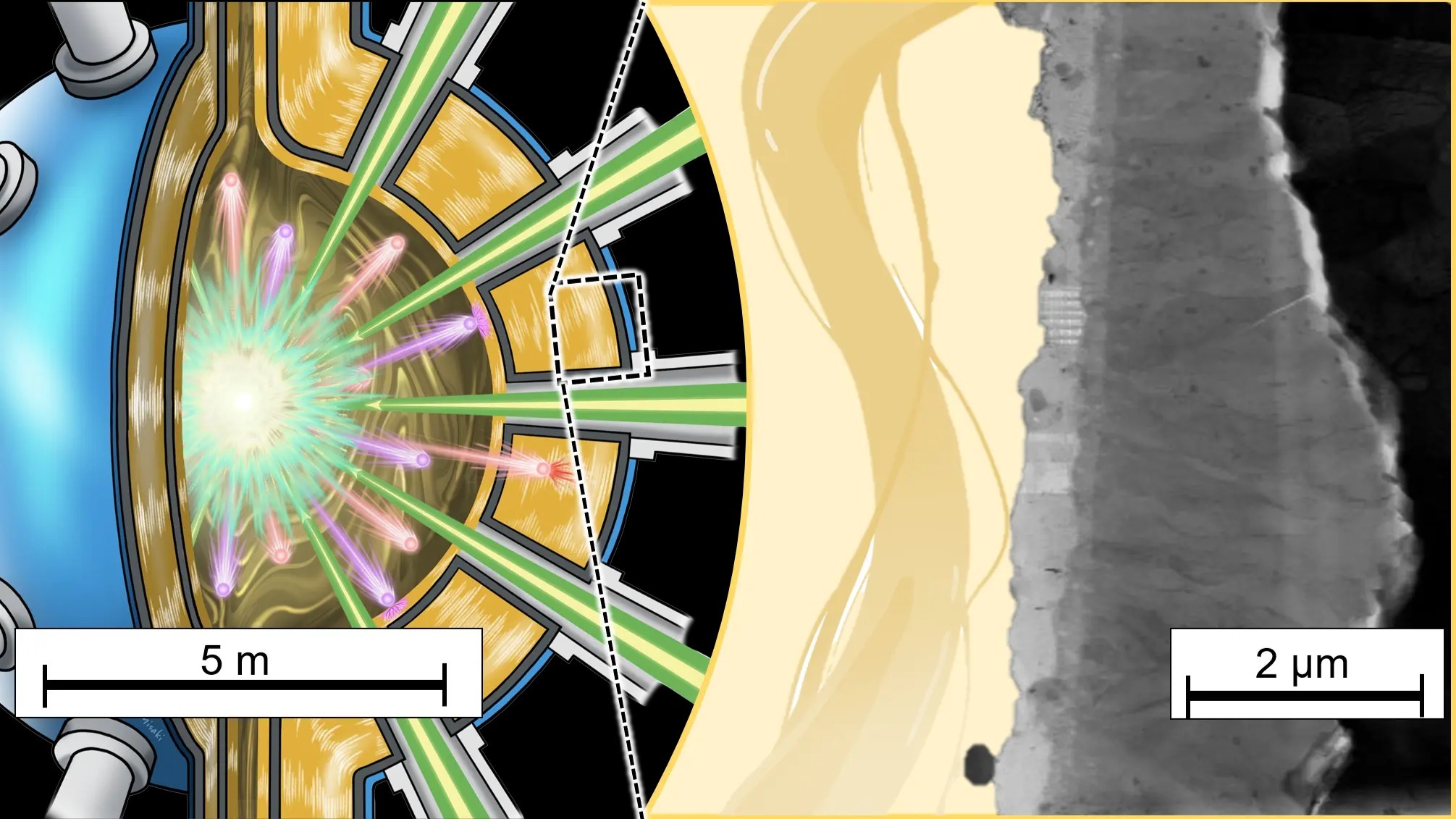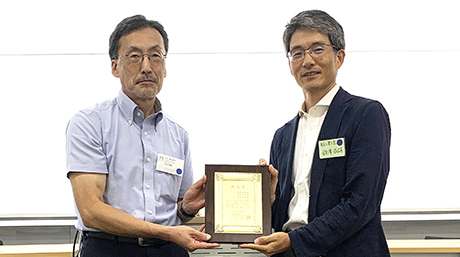Transdisciplinary Science and Engineering News
Elucidating the Process of Smart Livestock Technology Adoption by Livestock Farmers
The process of adoption of smart livestock technology is sequential and iterative, highlighting the need for supportive policies
As demand for animal products rises, adoption of smart livestock technologies presents a challenge. However, supportive government policies, community outreach programs by smart technology vendors, and targeted training can help farmers become receptive to these innovations reveals a study from Science Tokyo. These findings can help modernize and sustain livestock farming industry.
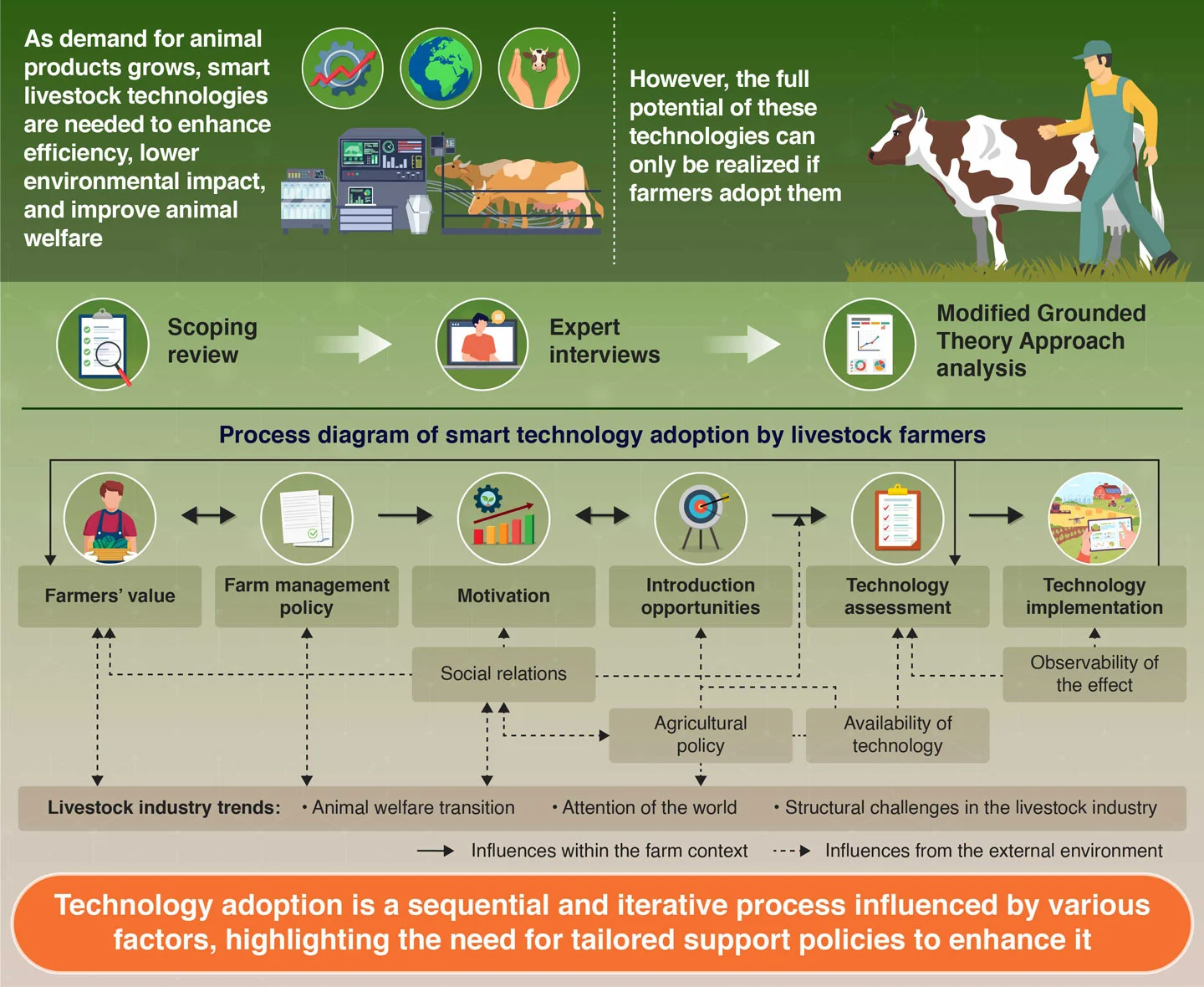
From Conservatism to Innovation: The Sequential and Iterative Process of Smart
Livestock Technology Adoption in Japanese Small-Farm Systems
Ohashi et al. (2024) | Technological Forecasting & Social Change
The growth in population, rise in income, and changes in dietary preferences, have led to an increase in the demand for livestock products globally, highlighting the need for smart livestock technologies. Smart livestock technologies such as automated milking systems, precision feeding systems, and health monitoring devices are needed to ensure food security while reducing environmental impact and ensuring animal welfare. However, to fully recognize the potential of these technologies it is important to understand its process of adoption by farmers.
In a study published in the journal Technological Forecasting & Social Change![]() , a team of researchers led by Associate Professor Takumi Ohashi from Institute of Science Tokyo shed light on the dynamic aspects of smart livestock technology adoption in Japan.
, a team of researchers led by Associate Professor Takumi Ohashi from Institute of Science Tokyo shed light on the dynamic aspects of smart livestock technology adoption in Japan.
“Despite the advancements, smart livestock technologies in Japan are not fully adopted by farmers. This discrepancy highlights the need for identifying the factors that drive or refrain farmers from using smart livestock technologies in Japan,” explains Ohashi.
To explore the specific reasons for the slow adoption of smart livestock technologies by famers, the researchers conducted interviews with 10 experts from the cattle, swine, and poultry industries. These included researchers, salespeople, and technology developers who work closely with farmers on smart technology development and implementation in Japan.
They were asked for their opinions on 20 factors influencing the adoption of smart livestock technologies. The factors were identified through a scoping review and covered various aspects, such as the farmer's background, knowledge of smart technologies, openness to try new products, views on the benefits and ease of use of the technology, financial resources, and the farming methods. The researchers then asked follow-up questions to understand the motivations, barriers, and external factors affecting farmer's decisions to adopt these technologies.
The researchers found that in Japan, the close-knit nature of small-scale farming communities significantly influences the decisions of livestock farmers. Farmers are strongly impacted by the opinions and experiences of trusted community members. If technology vendors or fellow farmers within their community share positive experiences with smart technology, other farmers are more likely to adopt these technologies. Additionally, their opinion on smart technology is expected to change based on their personal experiences with it.
The study reveals a generational divide in family-owned farms, with younger farmers who have a progressive mindset being more open to adopting new technologies, compared to older farmers who have a more conservative mindset.
“Adoption of smart livestock technology is a complex, step-by-step process, requiring farmers to undergo various stages rather than making a single decision. Each stage involved in this process is influenced by various factors at the farm, socio-technical, and landscape levels, including government policies and animal welfare. Elucidating this layered process can provide deeper insights into the challenges and complexities faced by farmers in adopting new technologies,” says Ohashi.
The researchers recommend three ways to encourage the adoption of smart technology in Japan. First, they suggest creating policies that make it easier for farmers to adopt smart technology. Second, they believe technology vendors should help farmers understand the benefits of smart technology and encourage them to share their positive experiences with their peers. Finally, they propose offering special training for farmers to show them how smart technology can make their work easier and more efficient.
- Reference
| Authors: | Takumi Ohashi*1,2, Miki Saijo1, Kento Suzuki3, Shinsuke Arafuka3 |
|---|---|
| Title: | From conservatism to innovation: The sequential and iterative process of smart livestock technology adoption in Japanese small-farm systems |
| Journal: | Technological Forecasting & Social Change |
| Affiliations: |
1Tokyo Institute of Technology, Japan 2Chulalongkorn University, Thailand 3Eco-Pork Co. Ltd., Japan |
| DOI: |
10.1016/j.techfore.2024.123692 |
Related articles
- What Really Drives Consumers to Sign Up for Community-supported Agriculture | Tokyo Tech
- Consumer Preferences for Sustainably Produced Meat and Meat Substitutes in Japan | Tokyo Tech
- Validation of Asset Based Lending by Grazing Cattle using AI Monitoring System "PETER" started | Tokyo Tech
- Three teams receive DLab Challenge Research Grant 2022 | Tokyo Tech
- Takumi Ohashi | Researcher Finder - Science Tokyo STAR Search
- Takumi Ohashi Website
- Engineering Sciences and Design Graduate Major|Education|Department of Transdisciplinary Science and Engineering, School of Environment and Society
- Transdisciplinary Science and Engineering Undergraduate Majorr|Education|Department of Transdisciplinary Science and Engineering, School of Environment and Society
- School of Environment and Society | Science Tokyo organization | About Science Tokyo
- Chulalongkorn University, Thailand
- Eco-Pork Co. Ltd.
- Research
Further information
School of Environment and Society, Institute of Science Tokyo
Associate Professor Takumi Ohashi
